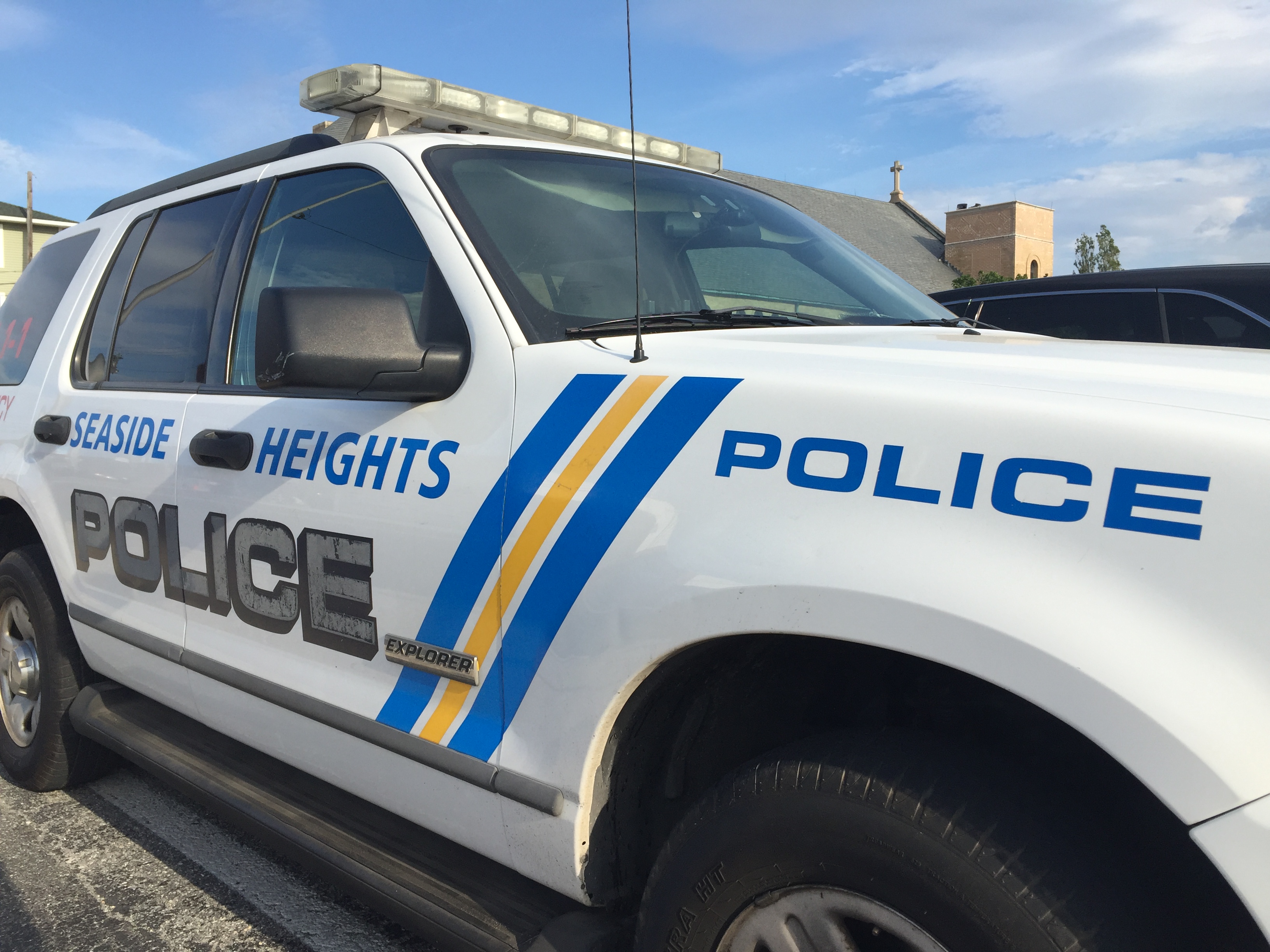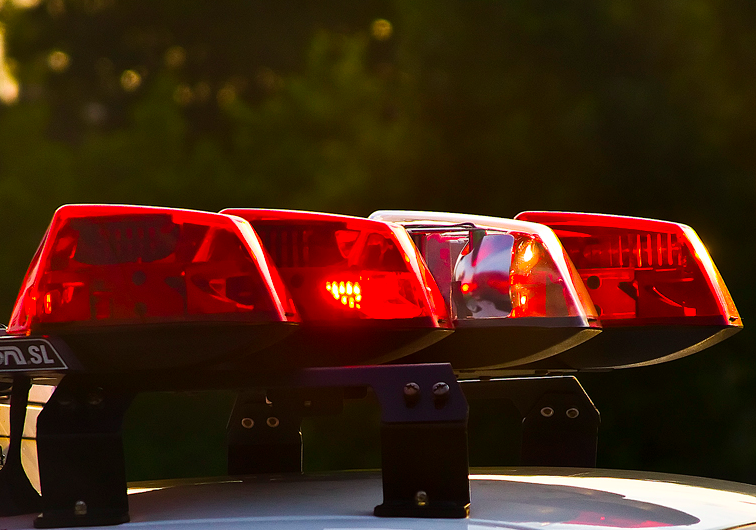Seaside Park’s long-pending plan for a major project that would reconfigure much of the bayfront area in order to prevent frequent flooding may finally gain support from two federal agencies that have held up the project as envisioned.
Though not expressly linked to the recent change in presidential administrations, there are signs that personnel and policymaking shifts – as well as a strong case made by Mother Nature herself – have signaled at least a reasonable chance that permits for the project have a chance of receiving approval by the U.S. Army Corps of Engineers and U.S. Fish and Wildlife Service.
“We received encouraging news, but it was all verbal,” said Mayor John Peterson. “Two federal agencies had previously placed what many felt were very onerous and oppressive obstacles in front of our last permit for the seven-block area of the bayfront, which included the living shoreline and oyster reef.”
The ambitious plan has notably gained support from state officials, but has always lacked as much from the federal government, borough leaders have said. The plan centers on building out a number of platforms on the bayside to mitigate flooding, protect the shoreline, form a breakwater and foster the growth of native species on a “living reef” which would naturally absorb the impact of wave action. In a move few initially thought would be feasible, the borough – with assistance from a team of engineers and academics from Stockton University – successfully convinced the state that the shoreline could be safely restored to its former size, as published in a 1977 survey.
Expanding the width of the bayfront would not only raise the grade of the shoreline, but leave enough room for a second bulkhead and an oyster reef which would serve the dual purpose of restoring aquatic life to the bayfront and mitigating wave action. The entire effort would be combined with an ongoing project to raise the elevation of Bayview Avenue. The natural system would now be aided by the borough’s floodwater pumping system, which will replace outfall pipes once built.
The hurdles placed in front of the project by the federal agencies have largely centered around one single item: seaweed. Known formally as “submerged aquatic vegetation,” and expressed officially as “SAV,” what most residents colloquially call seaweed is an important part of the bay’s ecosystem. The grasses that grow on the bottom of the bay help keep it clean and serve as a home for juvenile species that inhabit the estuary. For years, however, borough officials have been unable to convince the federal government of a simple fact: there are no sea grass beds off Bayview Avenue.
At one point, borough officials, biologists and representatives from federal agencies literally walked through the bay water in the area to prove the point. Later, the federal agencies would hold that the project should not be permitted because the area could theoretically be a place where SAV could grow. As a result, the federal government required an “SAV mitigation plan” that would have likely meant scaling back the project and eliminating certain portions that officials have said are central to the plan working cohesively.
A new effort to “re-prove” the point over a lack of SAV growth came last week, when some of the strongest blowout tides in recent memory exposed the bay bottom off Seaside Park.
“We all saw the blowout tides which were extraordinary, and we used it to demonstrate that there was no dormant SAV on all the exposed beach area, and that is consistent with what Dr. [Stewart] Farrell had said many years back,” said Peterson.
The borough also got some help from the Ocean County Sheriff’s Department, which offered its drone to take aerial photos of the bottom of the bay.
“We needed some divine guidance,” joked Councilman William Kraft.
At a meeting last Thursday, the borough authorized the small addition of $755 to an existing contract with the American Littoral Society, an environmental advocacy group that has been in favor of the shoreline project, to provide the expertise of its team in revising the project’s permit application for a new submission. That submission will come at a time when myriad changes are occurring in Washington with respect to agency leadership, efficiency policies and Seaside Park obtaining new congressional representation from Rep. Chris Smith (R-4). The borough’s plan has now lingered through the tail end of the Obama administration, Donald Trump’s first term and the Biden administration’s tenure. The project initially had support, but never came to fruition as realities changed in Washington.
“Some of those officials first involved are retired, went out on extended leaves, transferred, and we were then dealing with another group of officials who were appointed,” said Peterson, explaining that the most recent contingent became focused on the SAV issue.
The borough has gone to extraordinary lengths to assuage the worries of federal regulators, including offering to pay for a partnership with the Coastal Institute of Virginia – considered a renowned institution for researching SAV – which would have produced a study that could have been used by communities up and down the east coast of the United States facing similar issues.
“They rejected it and said it was not within their regulations,” said Peterson previously.
Though there is hope the long-sought floodwater solution could come to fruition, there are no guarantees.
“There’s hope, but our engineer does give us a reality check,” said Peterson. “Quite appropriately, it has to be memorialized in writing. That is why we’re doing a resolution as well.”
The council approved the $755 appropriation unanimously, and plans to re-submit permit applications when they are ready.

Advertisement

Police, Fire & Courts
Driver, 21, Pleads Guilty in Fatal Pedestrian Crash on Route 35

Police, Fire & Courts
Police Investigating Possible Shots Fired in Seaside Heights

Police, Fire & Courts
Cops: Juvenile Arrested After 118mph Joy Ride in Seaside Heights, Toms River Kills 2

Seaside Heights & Seaside Park
Seaside Heights Mourns Passing of Boardwalk Legend, Still Working Into His 90s

Police, Fire & Courts
Vehicle Careens Off Route 37 Causeway, Driver Gets Multiple Summonses









